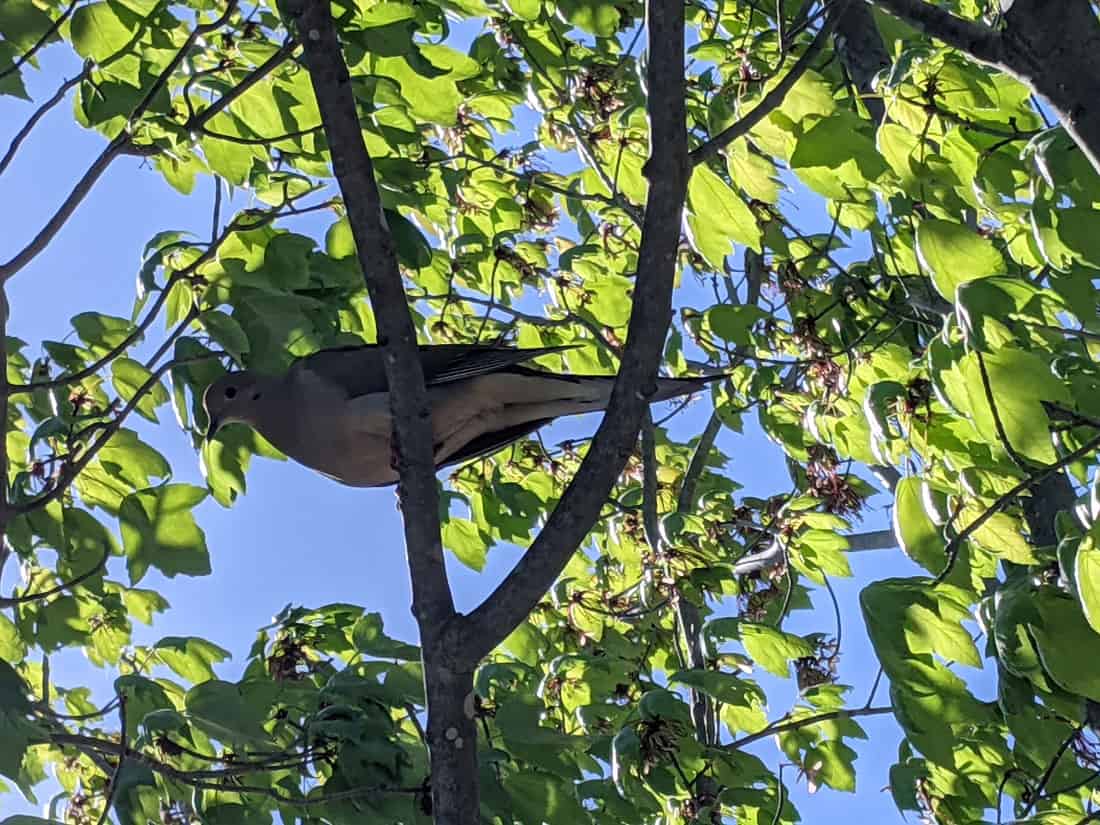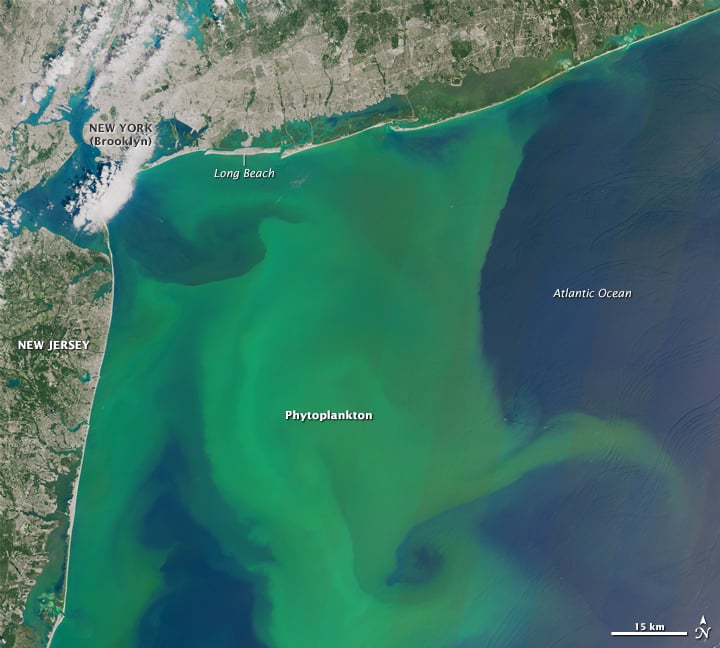Human Geography
Human geography is a branch of geography that focuses on the study of the human population and their cultural, economic, and social interactions with the environment. It examines the distribution of human populations across the globe, the impact of human activity on the natural environment, and the ways in which people use and manage natural resources.
Learn about the different areas of human geography including economic geography, population geography, cultural geography, and more.

Map and Chart of Cardinals and the 2025 Papal Conclave
The 2025 papal conclave is underway. Here's which countries the 135 voting cardinals eligible to elect the next pope come from.

Types of Agricultural Patterns Visible from Space
Agricultural landscapes, when viewed from space, reveal distinct patterns shaped by historical practices, local geography, and technological influences.

What are the Earth System’s Four Spheres?
The systems of the earth can be divided into two main areas: geosphere and biosphere.

The Recreational Value of Nature and Wildlife
Measuring the economic benefits of wildlife and outdoor areas supports conservation with tools like the NPS Visitor Spending Effects.

These Two Countries are Separated by 2.4 Miles and 21 Hours
There exists a geographic point where two of the largest countries in the world are only separated by a 2.4 miles but are 21 hours apart.

Using GIS to Design Child-Friendly Cities
Using GIS, cities can design child-friendly pedestrian pathways that prioritize children's interests and safety, promoting urban living and sustainability.

Urban Tree Canopy Affects How Heat Stress Impacts Residents
Minority and low-income neighborhoods have 11% fewer trees, are 1.5°C hotter, and have 14% more impervious surfaces than wealthier, whiter areas.

Acequias in the Southwest U.S.
In New Mexico and other Southwestern states, acequias are channels that are dug to divert water from snow runoff and rivers in order to irrigate fields.

How Inequality Affects Urban Wildlife
More access to green space and mature trees in wealthier neighborhoods in the United States has also led to a greater diversity of wildlife in those areas.

Mapping Human Activities in the Oceans
Geospatial technologies are being used to map human activities in our oceans, from fishing to transport.

The Gray-Green Urban Divide: How Wealth and Poverty are Visible from Space
Known as the "gray-green divide”, the amount of trees and green space can be an indicator of the income level of the neighborhood.

Using AI to Design Cities
Researchers now are trying to use artificial intelligence techniques, including deep reinforcement learning, to design more efficient and sustainable urban spaces.

Which Country Has the Most Time Zones?
Find out which country has the most time zones and how many countries in the world have at least two time zones.

Europe’s Longest Road and Railway Bridge
The Øresund Bridge connects Denmark and Sweden, spanning the Øresund Strait with a 16-kilometer-long bridge-tunnel.

License to Travel: A Cultural History of the Passport | Geography Book Review
More anecdotal than history, License to Travel is both an engaging and instructive book.

Which States are Part of New England?
New England is a geographic region in the northeastern tip of the United States that contains six states.

Lost Underground Rivers
Cities like London and New York City have a long history of paving over rivers.

Geography is Destiny: Britain and the World | Book Review
Ian Morris provides a most-useful survey history of Britain from geologic time to the present centered around three maps.

Population Center of the United States
Every ten years, the U.S. Census Bureau maps out the mean and median population centers in the United States.

Continental vs. Contiguous United States: Key Differences Explained
Continental and contiguous are two geographical words used to describe parts of the United States.

Geography Facts: Rhode Island
Learn geography trivia about the smallest state in the United States.

ZIP Codes in the United States
It’s likely that if you routinely send mail to a location within the United States, you know how critical it ...

Geography of Sewage Contamination in the Ocean
80% of the sewage produced by the global population makes its way into the world’s oceans untreated.



